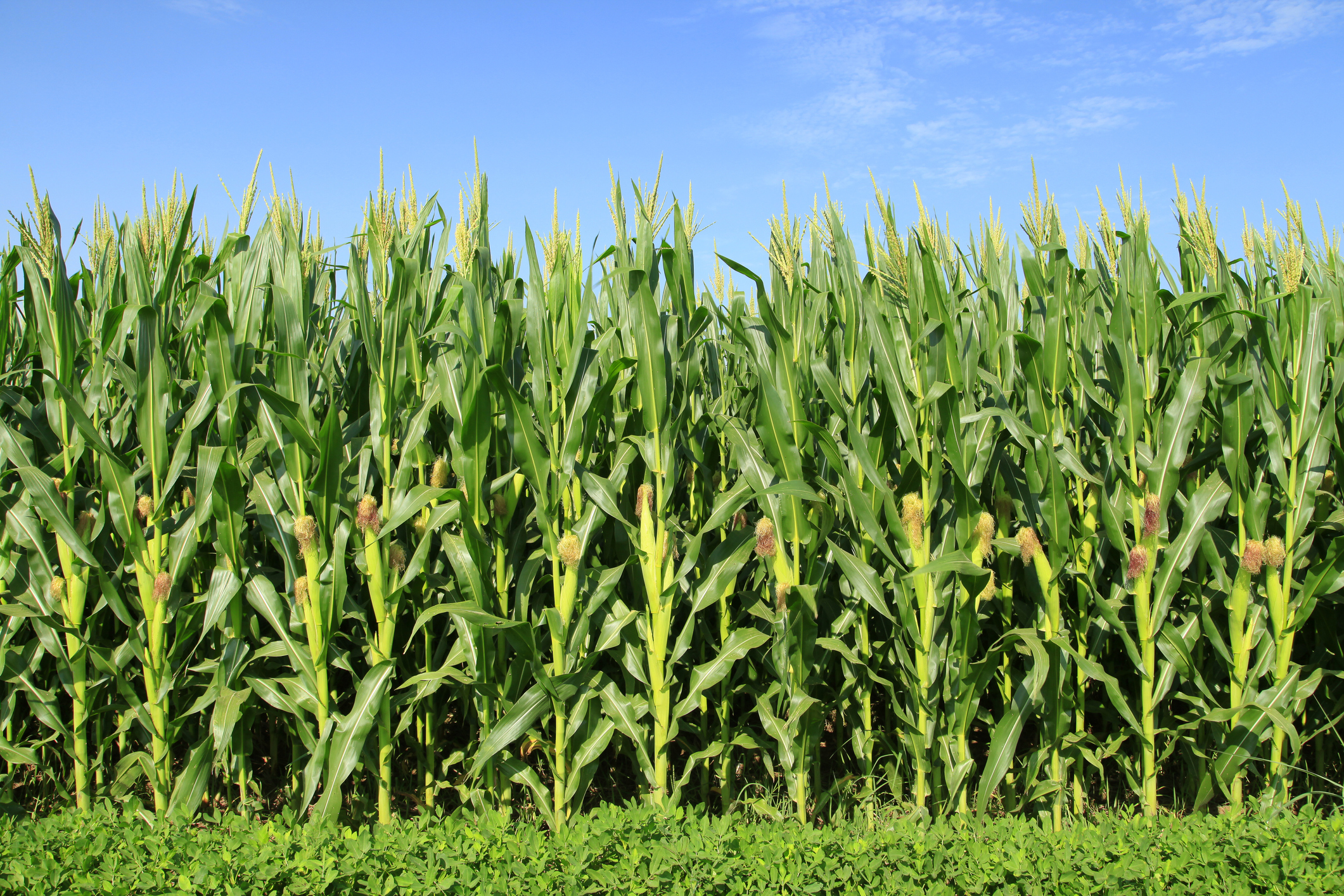The March 11 World Agricultural Supply and Demand Estimates showed few significant changes to the outlook for corn or soybeans. Global wheat trends showed record production in Australia and plunging imports to China.
The U.S. Department of Agriculture noted that United States tariffs on Canada and Mexico were suspended until April 2 for all products covered under USMCA, which includes most agricultural products in the WASDE. Reciprocal tariffs are scheduled to begin on April 2. The March 11 WASDE did not incorporate them into commodity forecasts.
Despite U.S. tariffs being suspended, Canada’s retaliatory tariffs remain in place, were accounted for in WASDE estimates and assumed to continue. U.S. tariffs on China and China’s retaliatory tariffs on the U.S. were also assumed to remain in place.
Corn outlook not changed
The March U.S. corn outlook remained unchanged relative to the previous month, with the season-average corn price still at $4.35 per bushel. Global coarse grain production for 2024-25 was forecast at 3.2 million tons higher to 1.496 billion. Foreign coarse grain outlook was for larger production, reduced trade and smaller ending stocks. Foreign corn production was higher as declines for South Africa and Mexico were more than offset by increases for India, Russia and Ukraine.
India’s corn production was raised, reflecting increases in both area and yield; the latest information from the government indicates greater planted area, while yield prospects were higher on exceptional kharif monsoon season rainfall.
Russia‘s corn production estimate was increased based on the latest data from Rosstat. Ukraine’s was raised based on updated harvest information. South Africa’s crop was reduced, mostly reflecting lower planting area.
Mexico’s production estimates were cut as lower winter corn yield expectations were partially offset by higher summer corn area.
Major global trade changes for 2024-25 include reduced corn exports for Brazil and South Africa. For 2023-24, Brazil’s exports for the marketing year ending February 2025 were lowered based on observed shipments to date. More than offsetting was an increase for Argentina. Corn import estimates for 2024-25 were cut for China and Taiwan but raised for Turkey, Vietnam, Colombia, and Egypt.
Foreign corn ending stocks were lowered, mostly reflecting declines for China and Argentina that were partly offset by increases for Russia and India. Global corn ending stocks, at 288.9 million tons, were down 1.4 million tons.
Soybeans hold steady
U.S. 2024-25 soybean supply and use projections remained virtually unchanged. The soybean oil balance sheet included higher exports and lower soybean oil used for biofuel. The season-average soybean price was projected at $9.95 per bushel, down 15 cents from last month. Soybean meal and oil prices are unchanged at $310 per short ton and 43 cents per pound, respectively.
Global 2024-25 soybean supply and use forecasts included nearly unchanged production, higher crush, and lower ending stocks. Higher production for Ukraine, Mexico and Australia was offset by lower production for South Africa. Soybean crush was raised 2.9 million tons to 352.8 million, mainly on higher crush for China, Argentina, Thailand, Ukraine, and Pakistan. Soybean crush for China was raised by 2 million tons to 105 million based on pace to date.
Global soybean exports remained nearly unchanged as higher shipments for Canada were offset by lower exports for South Africa. Global ending stocks were reduced 2.9 million tons to 121.4 million, mainly on lower stocks for China and Argentina.
Also to note, 2024-25 global production of high-oil content seeds (rapeseed and sunflower seed) was raised 1% in March, but was still 5% lower than 2023-24. Sunflower seed production was raised for Russia and Ukraine and canola production was raised for Australia and Ukraine.
China’s wheat imports down
The global wheat outlook for 2024-25 was for larger supplies, higher consumption, reduced trade, and increased ending stocks. Supplies were projected up by 5.4 million tons to 1,066.7 million, mainly on increased beginning stocks for Turkey and higher production for Australia, Argentina and Ukraine.
Australia’s production was raised by 2.1 million tons to 34.1 million, its third largest production on record based on the latest ABARES estimate, with most of the higher production in Western Australia and New South Wales. Turkey’s 2024-25 beginning stocks were also raised by 2.2 million tons on a multi-year downward revision in its food, seed and industrial usage.
Global consumption was raised 2.9 million tons to 806.7 million, on higher feed and residual use for Australia, the EU, and Thailand. World trade was 0.9 million tons lower at 208.1 million on decreased exports for the EU, Russia and the U.S.
China’s imports were reduced 1.5 million tons to 6.5 million and are less than half of its 2023-24 imports on the same date. Projected 2024-25 global ending stocks were raised by 2.5 million tons to 260.1 million, mostly on increases for Turkey, Argentina, the United States, Australia, and Russia.
Planting intentions due March 31
The results of the USDA’s National Agricultural Statistical Service producer surveys on planting intentions are due to be published in the Prospective Plantings and Quarterly Grain Stocks Reports on March 31.
NASS mailed the survey to approximately 6,200 producers across Missouri and Illinois on Feb. 18 asking producers to provide information about the types of crops they intend to plant in 2025, how many acres they intend to plant, and the amounts of grain and oilseed they store on their farms.
David Murray can be reached at [email protected].




